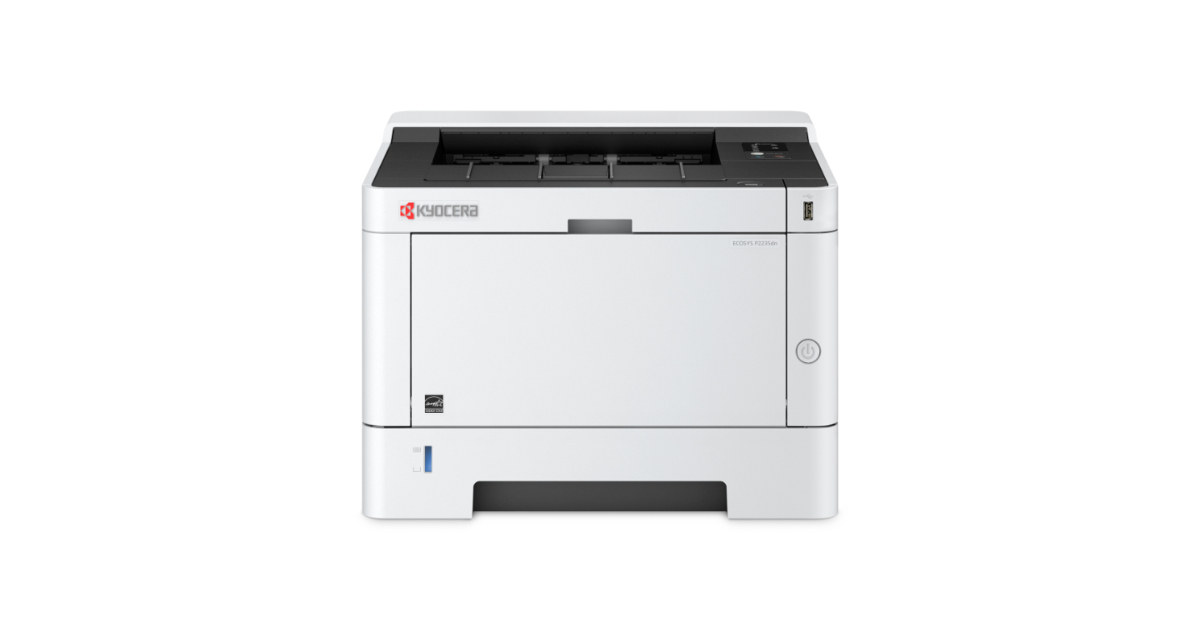3 min read
A quick guide to secure print management
How secure is your business data? For many companies, data protection is an ongoing concern. Sensitive, confidential and important business...
Benefit from smart ideas, lower costs, greater productivity. Choose from award-winning printers, software solutions and consumables
Personalised technology solutions to help your organisation gain a competitive advantage
Discover howWe combine professional expertise with a human kind of partnership
Get the right help and advice, register a product and see why our commitment to you matters.
Discover our brand, our global activities and commitments

For many businesses, data protection in the cloud is an ongoing concern. Why? Data is one of your company’s most valuable assets. Any unauthorised access to confidential information can have serious consequences, including loss of customer or employee confidence, leaking of company secrets, identity theft, and even financial losses and lawsuits.
Many businesses store data in the cloud because it delivers numerous benefits to your business. It gives you the flexibility to store and access important information anywhere, anytime with an internet connection. Also, it can be easily scaled to meet your ongoing data management and file storage requirements.
75% of businesses mistakenly believe that cloud service providers have the sole responsibility for data protection.
Yes, cloud companies and hosting providers do need to make sure their systems and servers are equipped with the latest security measures. However, it is the businesses themselves, as owners of the data, who have the ultimate responsibility in making sure that their company information is safe and secure.
As an employer and IT professional, you need to ensure that sensitive and confidential information of your staff, customers and partners are well-protected. Here are 5 ways that can help you improve data security in the cloud.
Where is your data stored? How is it being managed and protected? Do you have data stored in multiple locations?
The first step in improving data security is to understand your whole data and document environment – where data is stored, how it is being used, current users and access levels as well as security measures and procedures in place.
It might also be worthwhile to do a proper security audit of your document management workflows and processes. This would allow you to properly identify current risks and vulnerabilities before they become actual issues and problems.
Do you know exactly who has access to your files? Controlling your staff’s access to important information will help to keep your in-house security tight. Not everyone needs to have access to payroll details or higher management strategic plans. Setting up user levels based on job descriptions gives people access to what they need to get their job done but not to everything else.
This setup allows you to also limit what files can be accessed while out of the office. If you have employees who work from home, in remote locations or on unsecured WiFi, limiting access will keep your data safe from any would-be thieves.
Lastly, don’t forget to monitor user access and data usage, so you can quickly identify any unusual activity or unauthorised access.
Is your network security up-to-date? In this day and age, investing in the latest network security is a must to keep your data safe and secure. This includes getting the latest virus & malware protection, firewalls and intrusion detection software. Make sure you also install regular updates as they become available.
With many businesses becoming more remote and spread out, it is vital to ensure that your security covers laptops, tablets, mobile devices and printers. All devices used for business need to be up-to-date and secure at all times.
Passwords and encryptions are important steps to protect your valuable data. You wouldn’t leave your house with the front door open so why would you leave your data unsecure?
Utilise passwords and encryption codes to create a wall of defence. Encourage your staff to use strong passwords that include a combination of upper and lower-case letters, symbols and numbers.
To further improve data protection in the cloud, having people change their passwords every 3-6 months is also a good idea.
Finally, without the full cooperation of everyone in the company, all your security measures will prove ineffective, and will eventually fail.
So, it is important to educate your staff, get them involved, and create a culture of security with your organisation. Make sure that all employees (new and old) understand the importance of cyber security and the implications that a breach or an attack can have.
In the event of an attempted security breach or cyber-attack or if you see anything unusual, make sure you inform all staff immediately. This will ensure no one accidentally clicks or opens any dangerous links or web pages.
With the proper training and measures in place, you should be able to manage any security issue or avoid being in this situation in the first place.
Moving your data to the cloud can provide your business with the necessary flexibility and scalability – but it can be an ongoing challenge to keep important information safe and secure.
Improving cloud data protection involves understanding the risks, controlling user access, having strong passwords, and enhancing network security.
However, this is not just a job for the IT department, it is a responsibility of every single person in the business. Everyone needs to understand their role and work together to safeguard the company’s valuable data.
Concerned about the security of your data in the cloud? Managed Print Services is a flexible and scalable print solution that can meet the changing needs of your organisation in the new era of work. To learn how you can reduce your costs, minimise risk, improve your environmental footprint and gain greater control of your print environment, download our Managed Print Services Fact Sheet.
KYOCERA Document Solutions provides document management solutions that improve document cost control and security, while delivering greater productivity, reliability and uptime.

3 min read
How secure is your business data? For many companies, data protection is an ongoing concern. Sensitive, confidential and important business...

3 min read
As we see companies more towards a hybrid workplace, IT departments are now managing more computers and printers in more workspaces than ever before....

2 min read
In a new age of digital threats, it can be easy to forget one of the essential devices of the modern workplace: the printer. Printer security risks...